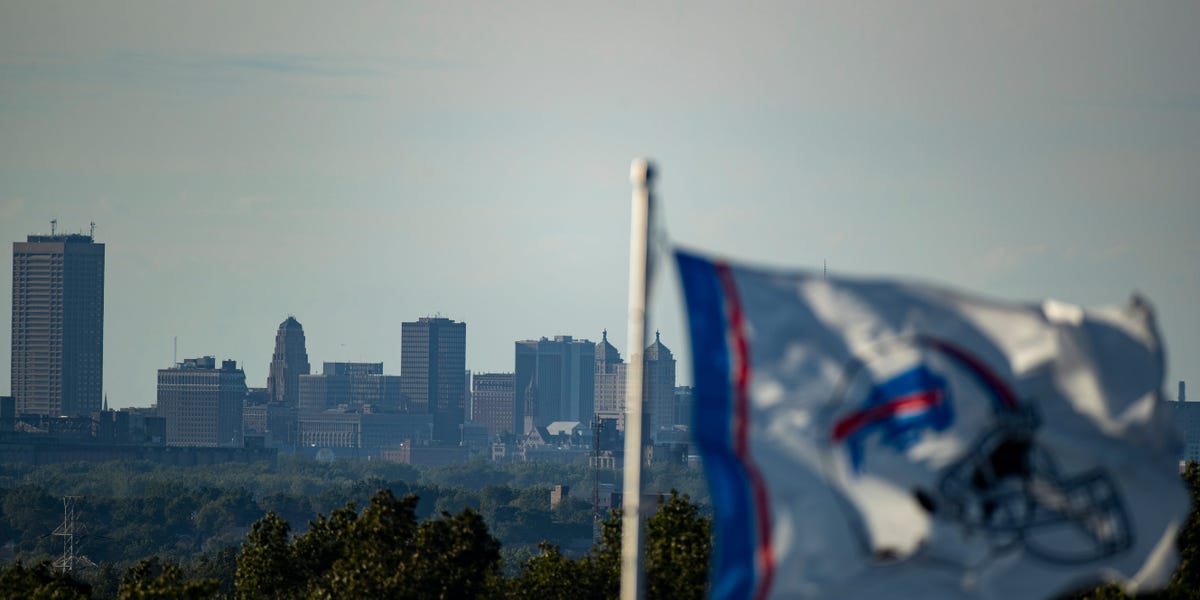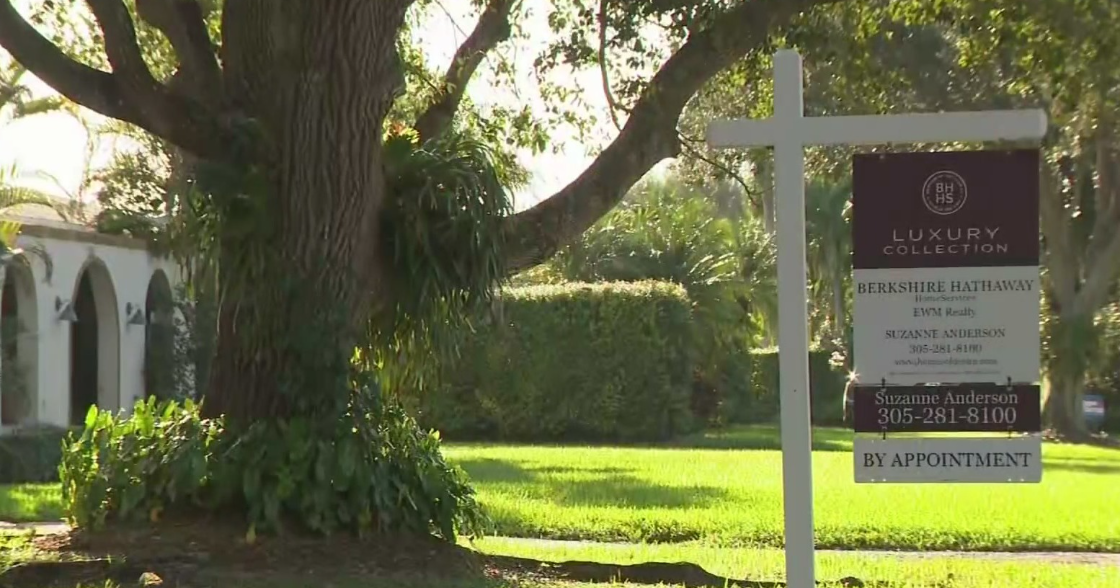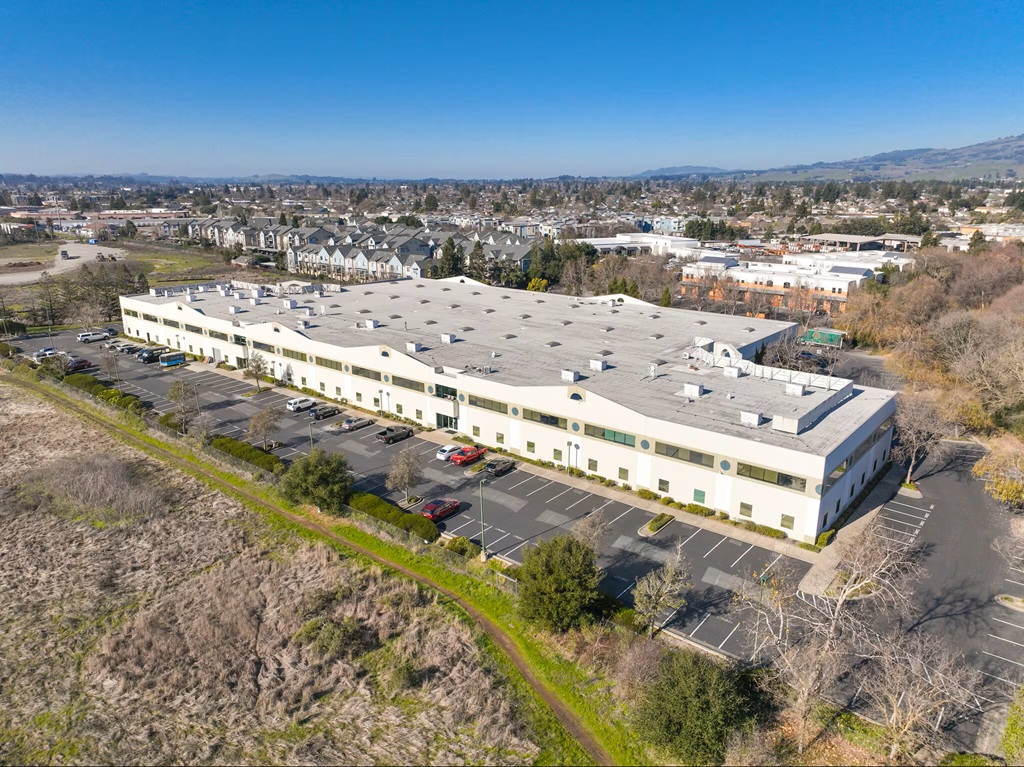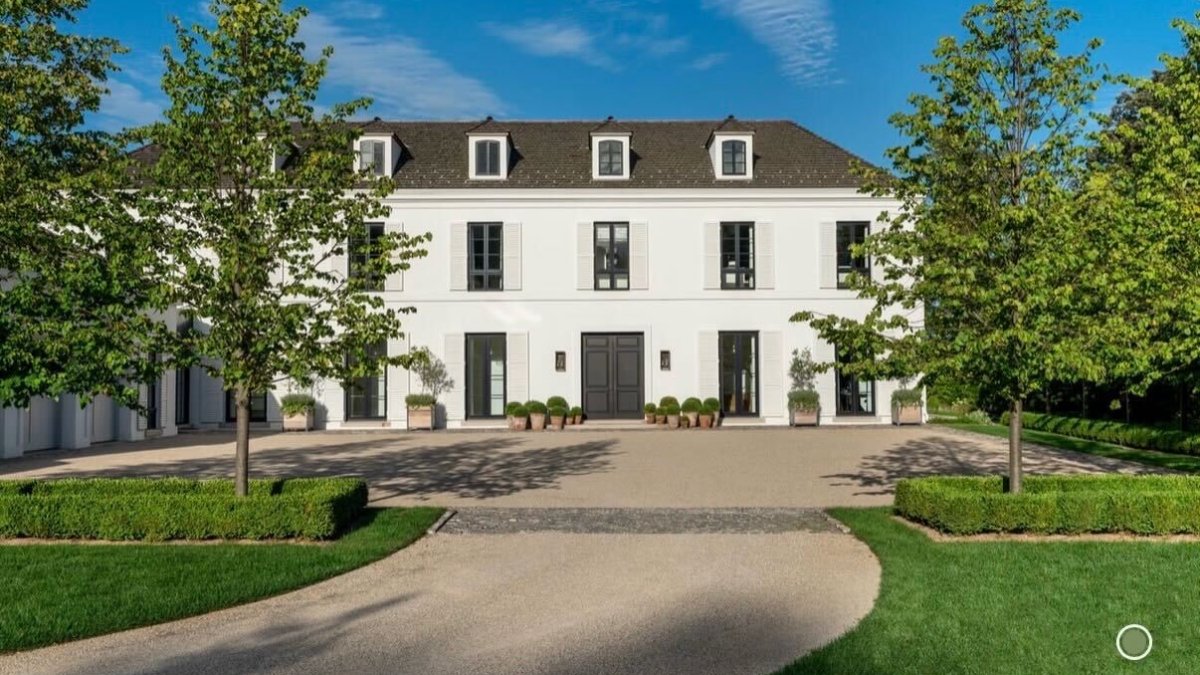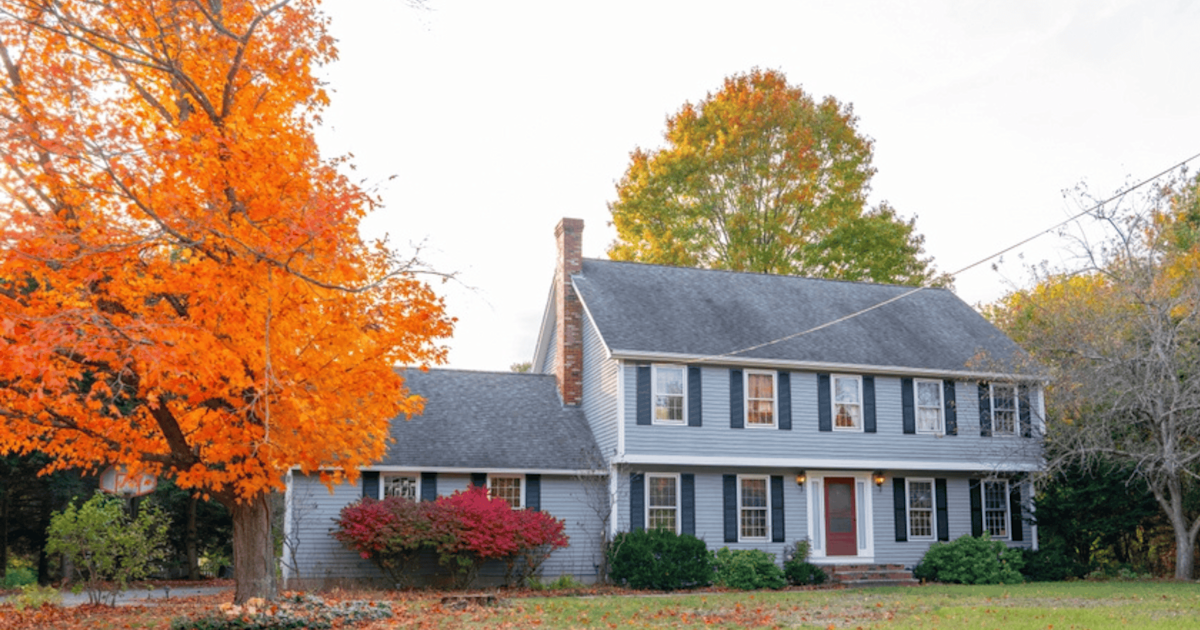C
onnor Swofford and Pieter Louw, childhood friends who first met in seventh grade in Indiana, have turned a side hobby into a thriving real‑estate venture. Since October 2024, the duo has acquired 24 multifamily units in Buffalo, each ranging from three to ten apartments that need some renovation. Though they live far apart—Swofford consults startups in Charleston and Louw works as a local agent in Buffalo—they devote only about ten hours a week to the portfolio, relying on creative financing and a clear strategy to keep the operation lean.
Their focus is single‑building multifamilies, not duplexes. “Cash flow and cap rates are far better,” Louw says, noting that the numbers in Buffalo make larger units a safer bet. The team follows a BRRRR model: buy distressed properties, rehab them, rent out the units, refinance, and repeat. They specifically look for buildings that already have at least one occupied unit so that rental income can cover expenses while they finish renovations on the rest.
A recent example is a five‑unit building where two apartments are already leased, covering the monthly costs while the remaining three are being upgraded. Managing multiple units in one location saves time and money—plumbers and electricians can move from unit to unit without traveling across town. “The fewer separate job sites, the more efficient everything becomes,” Louw explains.
Buffalo’s market conditions are a key part of their success. Zillow named the city the “hottest” market for 2024‑2025, thanks to its affordability and growing job base. Louw, who has lived in Buffalo for a decade, points to the city’s revitalization, the influx of New Yorkers drawn by remote work, and programs like 43North that invest $5 million annually to attract high‑growth companies. These factors are driving demand for higher‑end rentals, which the duo supplies.
The historical context also matters. Buffalo once thrived as a canal hub and steel city, attracting large families who needed separate living spaces within a single home. Although the city faced decline in the late 20th century, its real‑estate prices have remained low relative to national averages, making it an attractive entry point for investors.
Despite rapid growth, Swofford and Louw keep the project as a side gig. “We started it as a fun thing, and it’s grown beyond what we expected, but we don’t want it to become a full‑time job,” Louw says. For now, they plan to stay focused on Buffalo, using their local connections and the city’s favorable market to continue scaling without compromising their primary careers.
